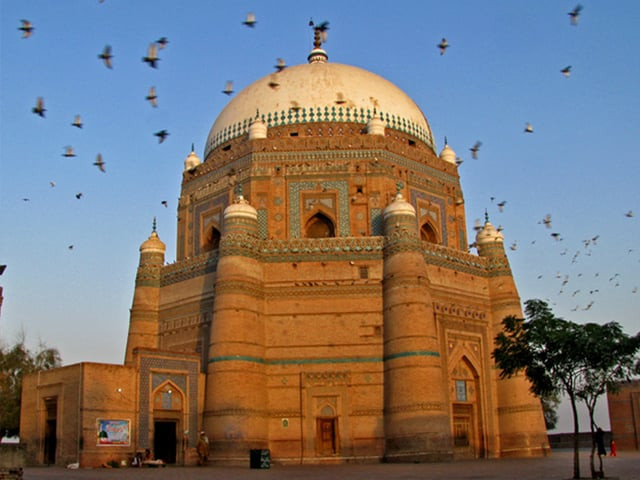A place where humans and bats cohabit
Family in Multan shares unique bond with 15,000 nocturnal creatures

In the heart of ancient Multan, a house in the interior city has become a symbol of coexistence, home to both a human family and over 15,000 bats.
Located in Maharaja Street near the historic Delhi Gate, the four-story house has been owned by Rana Javed's family for the last 80 years. This unusual living arrangement has fascinated locals and history enthusiasts alike. Rana Javed's grandfather acquired the house during the partition, and from the very beginning, the bats were part of the home.
Over generations, the family has developed a deep connection with these nocturnal creatures.
"The bats have become like family members to us," said Javed. "We aren't afraid of them, and they haven't caused harm to anyone."
The house itself is a remarkable structure, filled with history.
Over the years, the bats have created small nests within the walls, yet their presence has never been a disturbance. Even when the bats fly into the rooms, the family remains calm. "Our children are comfortable around them," Javed added. "They've grown up with the bats and don't feel scared."
The house has become a local attraction, drawing visitors who are curious about this harmonious coexistence. Tourists from Multan and beyond come to witness the unique living situation, often taking photos and learning about the history of the home. While some visitors are initially frightened by the large number of bats, Javed reassures them that there's no danger.
Local historian and guide Aamir Bashir noted that the house represents a significant part of Multan's heritage.
"This house is one of the hidden gems of Multan," Bashir said. "It tells a story of harmony and tolerance, a reflection of the city's rich historical diversity."
For Rana Javed and his family, the bats are more than just inhabitants of their homethey are a symbol of nature's integration into everyday life.



















COMMENTS
Comments are moderated and generally will be posted if they are on-topic and not abusive.
For more information, please see our Comments FAQ